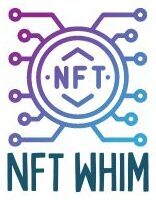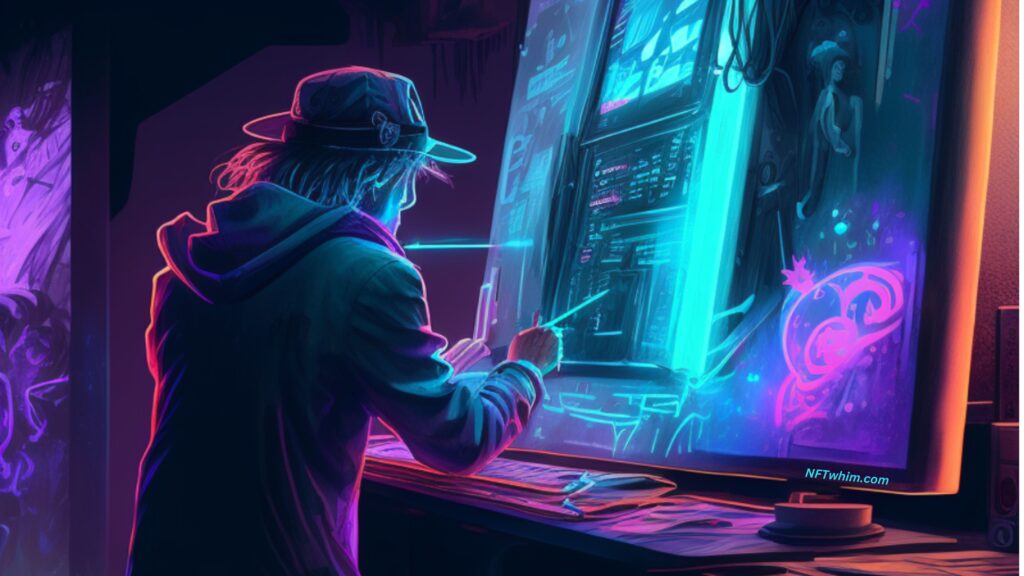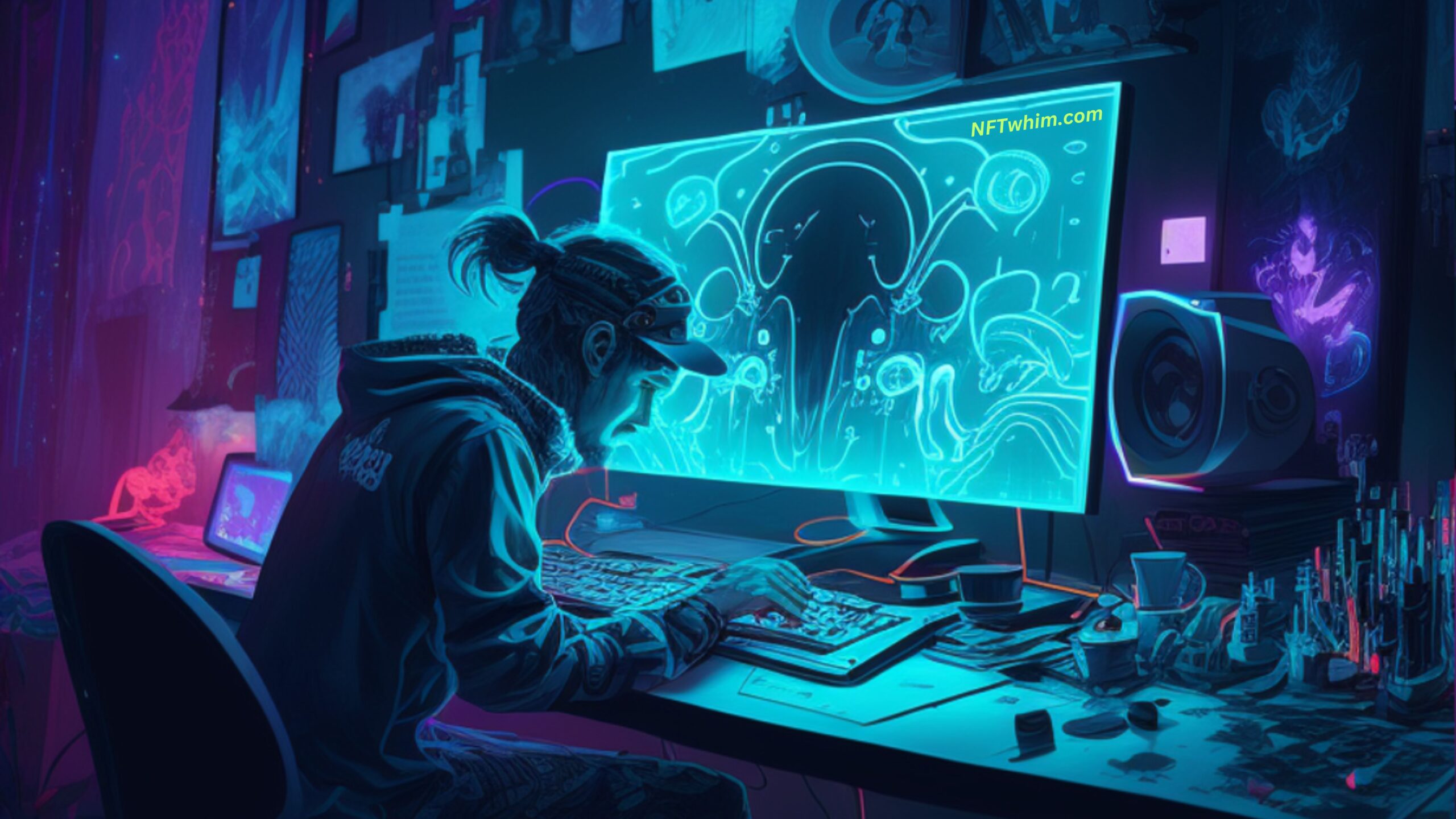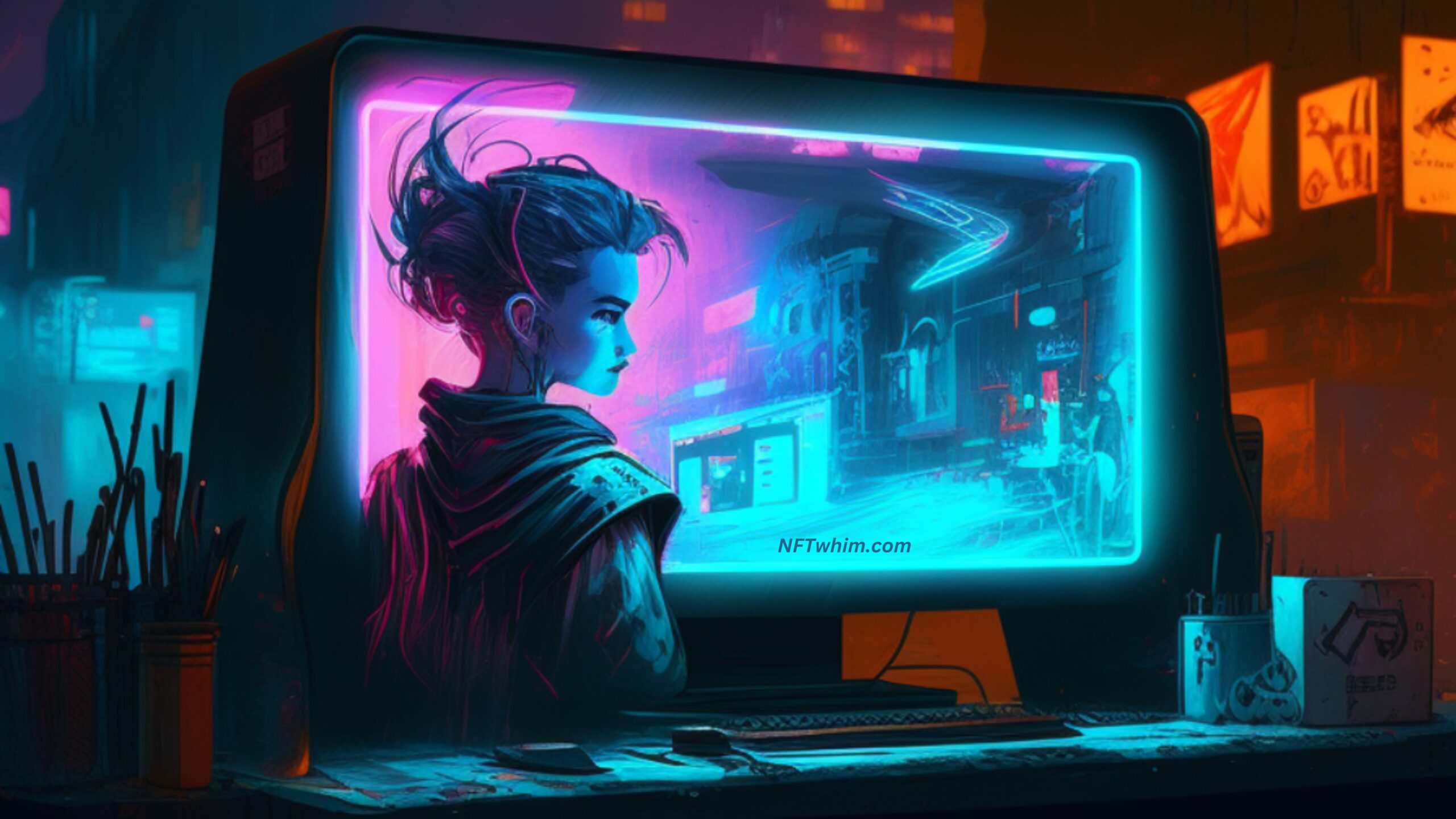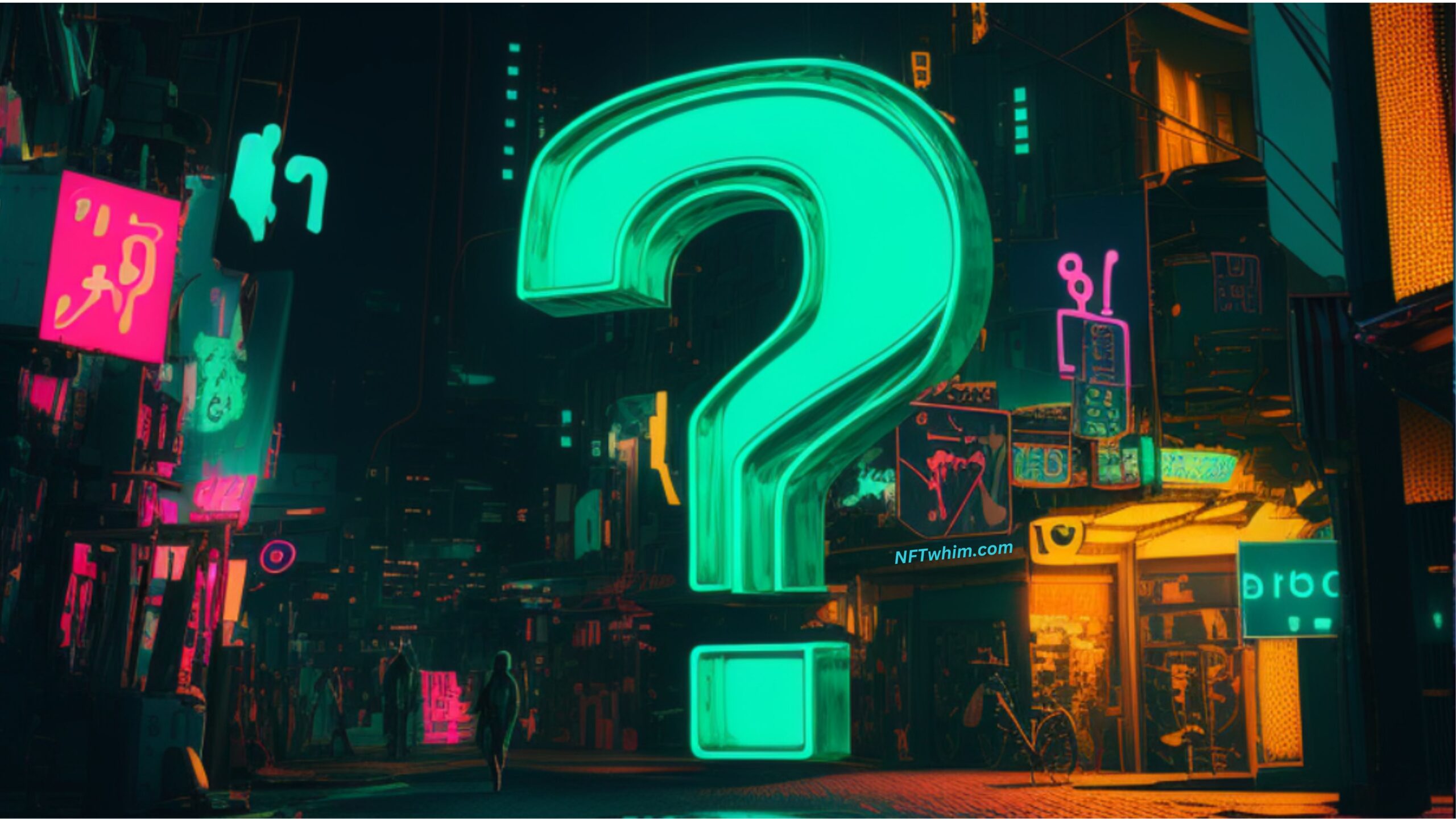Non-Fungible Tokens (NFTs) are becoming increasingly popular for use in a wide range of applications. But for those who want to jump into the deep end as an NFT creator, one big question remains: how should you price your first NFT? It’s a tough nut to crack – but fear not! In this article we’ll look at some practical tips on pricing your first NFT like a pro, so that you can hit the ground running and make sure you don’t get left behind in this fast-moving industry. Taking all these factors into account will ensure that you’re setting yourself up for success from day one – so let’s dive right in and see what it takes to price your first NFT correctly.
We’ll cover the following topics in this post:
Table of Contents
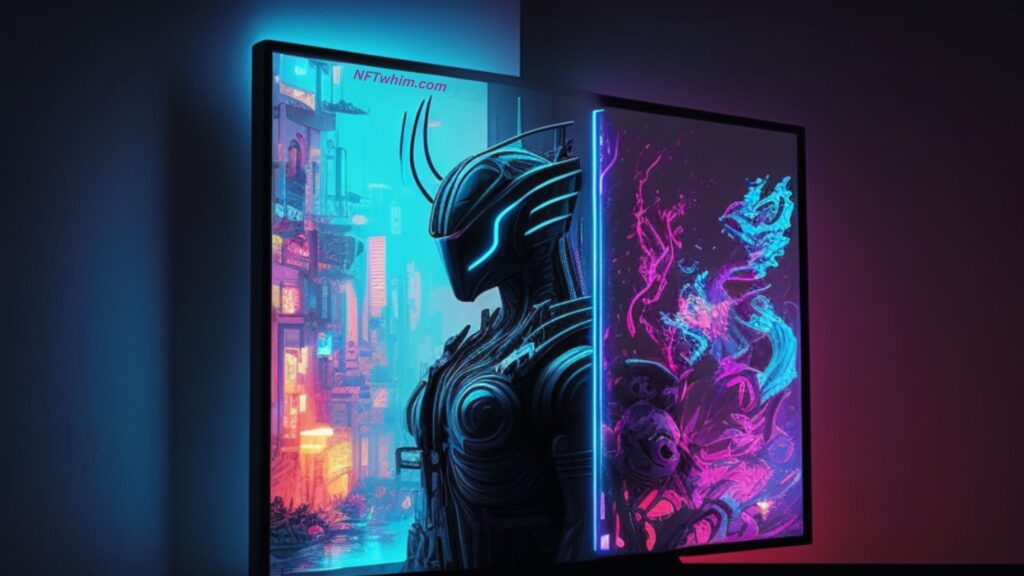
By the way, check out this article for a deep-dive about royalties and cash-flow from NFT creations.
Understanding Non-Fungible Tokens (NFTs)
Non-fungible tokens (NFTs) are a revolutionary technology that enable people to own unique digital assets. NFTs are powered by blockchain technology and come in various types, from crypto art to collectibles. They represent ownership of real or virtual goods like artwork, music, sports cards, video game items, and more.
Minting an NFT is the process of creating a tokenized version of your asset on the blockchain. Usually it requires some coding knowledge but there are platforms available that make it easier for non-technical creators. Once minted, you can sell your NFT on different marketplaces like OpenSea, Rarible and Zora Network. The value of NFTs can vary greatly depending on their type, rarity and demand from buyers.

NFT Marketplace Platforms
Now that you have a better understanding of Non-Fungible Tokens (NFTs), it is time to look at the various NFT marketplace platforms available. There are many different types of NFT marketplaces and trading platforms, each offering a variety of features for creators and buyers alike. Here are some key things to consider when choosing an NFT marketplace or platform:
- Fees – Each platform charges different fees for listing NFTs, making sales, and hosting auctions. Be sure to understand how much you will be charged per transaction before committing to any particular platform.
- Security & Reliability – Security measures should always be top priority when working with digital assets; make sure your chosen platform has adequate security protocols in place to keep your data safe from malicious actors. Additionally, reliability is important too; check out user reviews on trusted websites such as TrustPilot to ensure the platform is reliable and trustworthy.
- Features & Tools – Different platforms offer different tools and features for managing your NFTs and engaging with potential buyers; explore all options carefully so you can find the best fit for your needs.
- Audience Reach & Networking Opportunities – Many larger platforms have access to wider audiences than smaller ones which means more exposure for your work; take this into consideration when weighing up the pros and cons of each option. Additionally, networking opportunities may also come into play here – certain platforms provide ways for artists to connect with industry professionals who could help them further their career goals!
Overall, there is no one-size-fits-all answer when it comes to pricing your first NFT but by considering these points above you should be able to choose a suitable marketplace or platform that meets both yours and your buyer’s needs. Good luck!

What Is The Value Of An NFT?
When it comes to pricing an NFT, there is no one-size-fits-all answer. The value of an NFT depends on many factors such as the item itself, its scarcity and desirability in the marketplace, cryptocurrency value, virtual asset value, digital asset value, blockchain value and more.
To set a price for your first NFT you must consider all these variables and assess what the market is willing to pay for it. It’s important to be aware that prices can change quickly due to shifts in supply and demand or changes in technology. As such, setting a fair but competitive price point requires market research and understanding of both current trends and future possibilities. Once you have determined an appropriate price range for your unique piece of art or collectible item, make sure you are staying up-to-date with relevant news developments so that you can adjust accordingly should anything impact the market landscape.
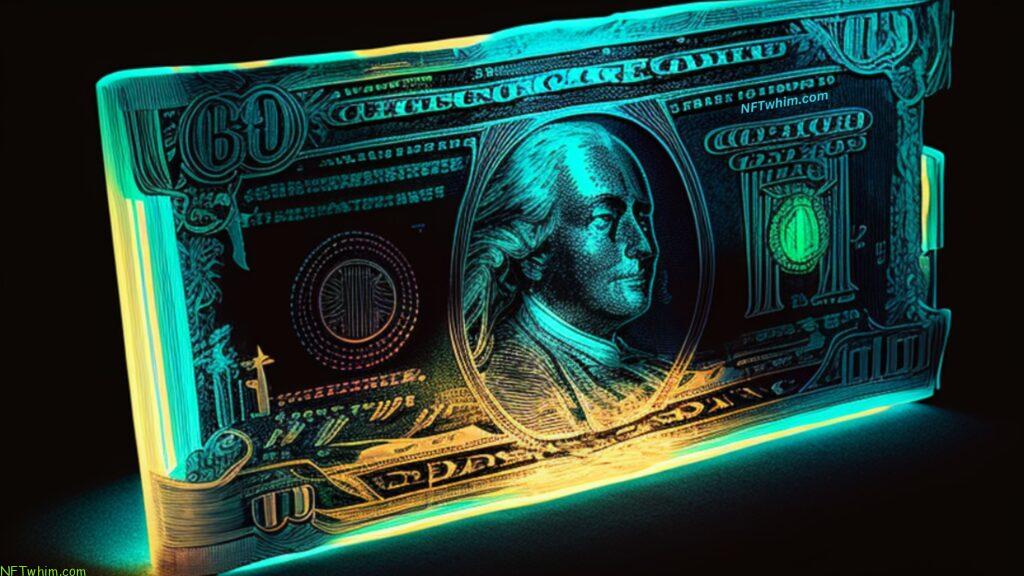
Researching Comparable NFTs
When it comes to pricing your first NFT, the most important step is researching comparable NFTs. There are a few key components you should consider when making this comparison:
- Price of other digital artworks or tokenized assets that have similar levels of complexity and detail.
- Supply and demand for the type of artwork in question – what kind of market competition exists?
- Rarity value – how rare or unique is your piece?
- Intrinsic value – does the work hold any special meaning to its creator or potential buyers?
By doing adequate research on these four points, you can get an idea of what people may be willing to pay for your NFT before setting a price tag. You can also use online resources such as OpenSea and Rarible to compare different types of NFTs and see where yours falls into the mix in terms of pricing structure. Additionally, sites like CryptoArt allow artists to list their works with estimated prices so they can gauge consumer interest around certain pieces before launching them onto the open market. By being aware of all these factors, you’ll be better equipped to price your first NFT effectively!

Estimating Production Costs
When it comes to pricing your first NFT, you’ll want to consider the production costs associated with its creation. Estimating these costs can be tricky, but having a thorough understanding of them is essential for determining how much revenue you will make from each sale. To ensure accurate calculations, start by creating a budget that accounts for all materials and services needed to produce your NFT. Once you have an idea of the cost breakdown, use this information to set reasonable prices for buyers.
It’s also important to factor in any additional fees or commissions when calculating the total cost of producing an NFT. You should include things such as transaction processing fees and platform-specific charges in your calculation so that you don’t lose money on each sale. Additionally, if there are other artists involved in creating your work (such as musicians or animators), make sure their contribution is fairly compensated too! With everything accounted for, you’ll be able to price your NFT accordingly and maximize profits while still offering competitive rates.
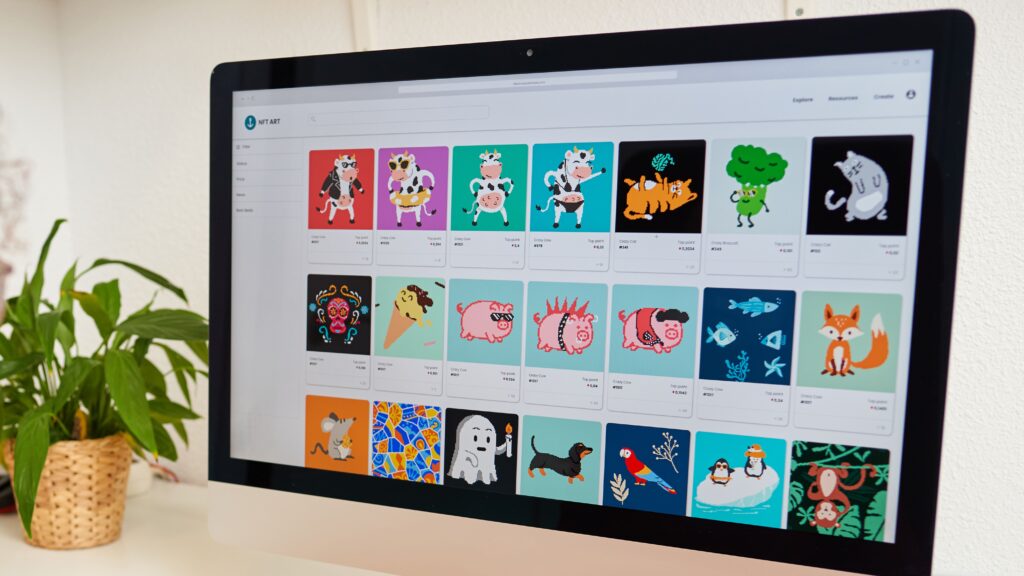
Determining Your Asking Price
Pricing your first NFT can be like venturing into the unknown. It’s natural to feel overwhelmed by the task and find yourself wondering, “What do I do? How much should I charge?” Fortunately, there are a few steps you can take to determine an appropriate asking cost for your work.
First off, it is essential to understand that the market value of an NFT is determined by its rarity, quality, demand and utility. To maximize potential sales price of your piece, focus on making something unique while still appealing to a wide range of collectors. Additionally, consider researching what similar pieces have sold for in the past; this will give you an indication of how much interest buyers may have in purchasing yours at a certain cost.
In setting up a pricing strategy for your NFT artwork or digital collectible, keep in mind that charging too low could indicate lack of confidence in your own product—an impression which could dissuade customers from buying regardless of the piece’s actual worth. On the other hand, overpricing might not only scare away prospective buyers but also lead them to question where their money would go and if they’re paying more than necessary. Aim for balance between these two extremes when determining your final asking cost.

Generating Revenue Streams For Your NFTs
Now that you have an idea of what to ask for your first NFT, it’s time to think about how to generate income from it. This is where the real fun begins! There are a variety of ways to monetize your NFT and create new revenue streams. Here are some ideas:
• NFT Royalties – By incorporating royalties into your NFT sale agreement, you can continue earning money off your work long after the initial sale. You can set up a platform or website which allows buyers to purchase licenses and pay a royalty each time they use or resell your art.
• NFT Tipping – Social media platforms such as Twitter allow followers to tip creators with cryptocurrency if they appreciate their artwork or content. A great way to gain exposure while also making money on the side is by creating unique visuals available only through tipping.
• NFT Auctions – You could also host auctions for exclusive pieces of digital artwork. It’s important that you make sure there’s enough demand for these items before listing them so that you don’t end up selling at a loss. Additionally, be sure to add clauses in the auction contract that ensure proper protection of rights and intellectual property associated with the artwork being sold.
• NFT Merchandising – Selling merchandise related to your NFT artworks like t-shirts, mugs, stickers etc., is another way to increase its value and reach more people who may not even know about non-fungible tokens yet!
• NFT Loans – Finally, there is the option of offering loans backed by digital assets as an alternative form of financing. Buyers will often take out short term loans against their purchased items until they sell them again at a higher price point in order to reap larger profits down the line. This could be risky however, and is certainly not an option for a beginner. Anyone thinking of this options should keep a careful eye on laws and regulations, that may change over time, and differs by location.

Protecting Your Intellectual Property Rights
As an NFT creator, it is essential to understand the importance of protecting your intellectual property rights. It is a good idea to ensure that you have taken necessary steps to secure your original works. This involves familiarizing yourself with copyright laws and understanding how they apply to digital assets like NFTs.
You should also take proactive measures such as registering for trademarks or copyrights whenever possible in order to enforce your IP rights in court if needed. Additionally, consider using other methods like establishing strict guidelines for usage when distributing each asset so you can easily identify any potential infringement issues quickly and deal with them accordingly. While there are many options available for safeguarding your work, taking these simple precautions will help ensure that all of your hard work maintains its value over time.
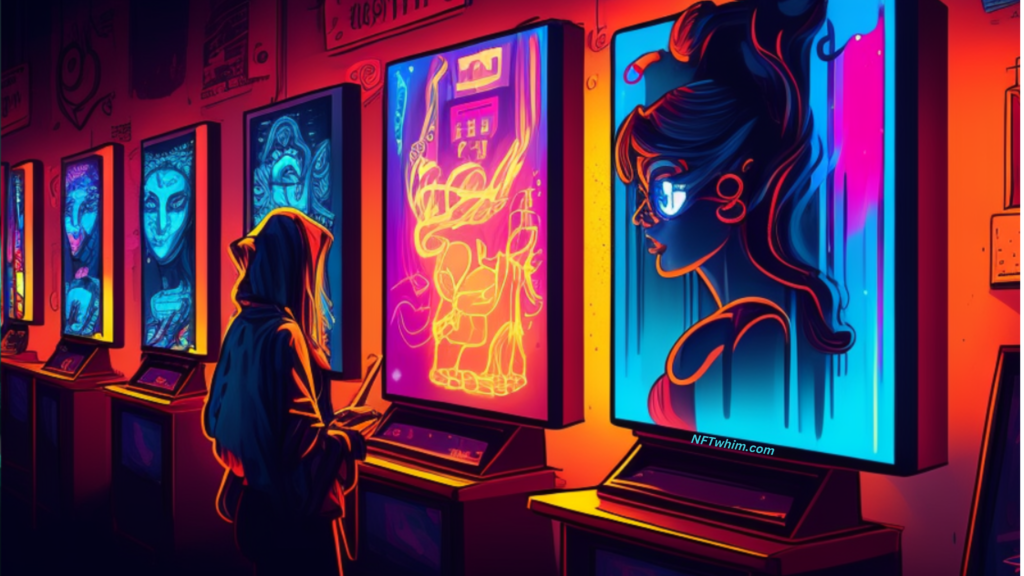
Conclusion
In conclusion, creating and pricing your first NFT can be daunting. It’s important to remember that no two NFTs are alike and there is often a wide range in prices for similar items. By researching the market and finding comparable pieces, you’ll be able to get an idea of what people are willing to pay for something like yours. Furthermore, don’t forget to factor in any costs associated with producing or marketing the asset as well.
By taking all these points into consideration, I’m sure you’ll find the perfect price point for your very own unique digital artwork! With this knowledge at hand, go out and confidently put your artwork up for sale – who knows where it could take you!
Robin
Author: Robin Olsson
Author Bio: I’m Robin and on this website, I share everything I’ve learned since getting into NFTs in 2021. I have a background in research and I’ve been in crypto for several years. You can read more about me here.
